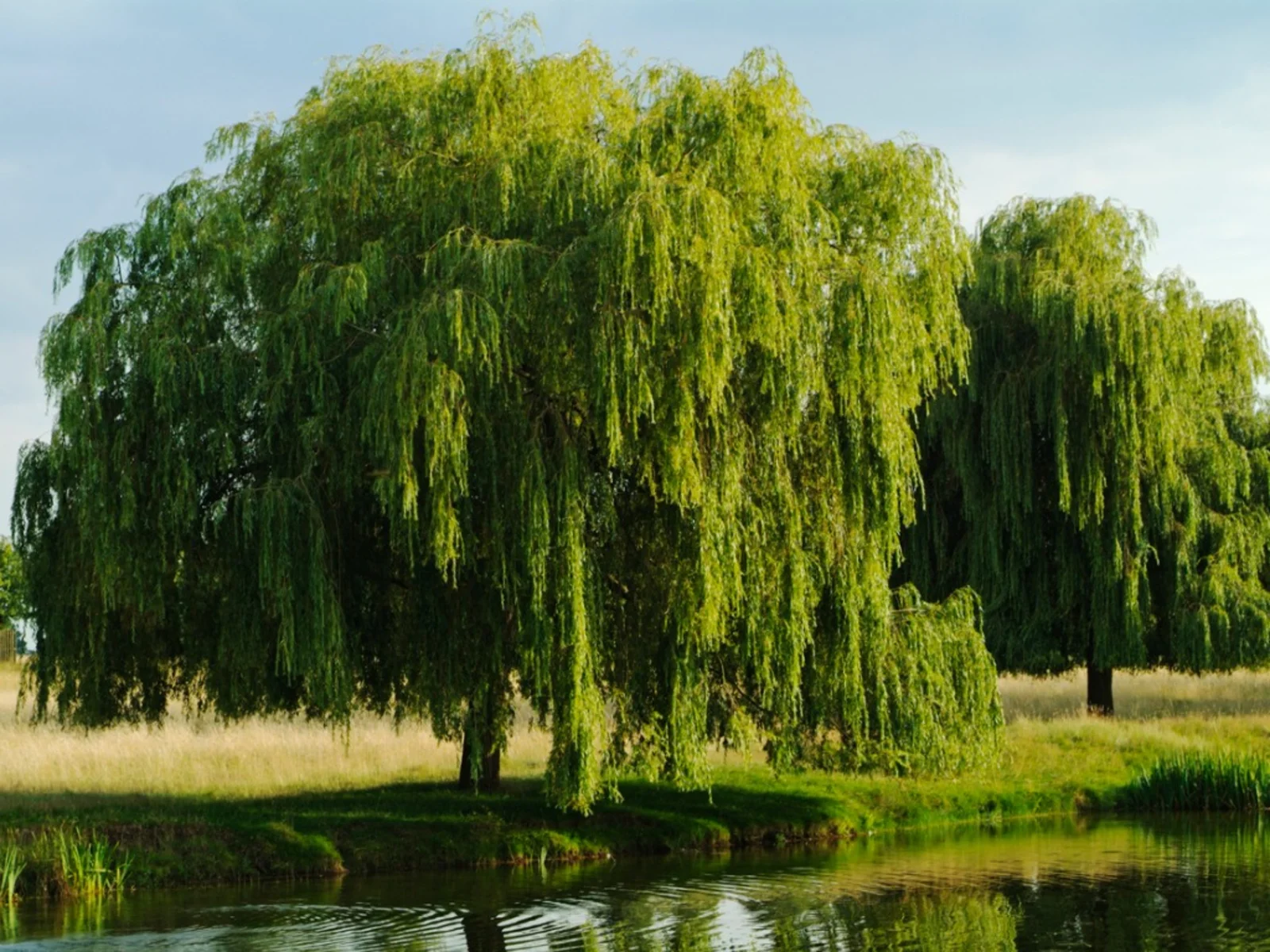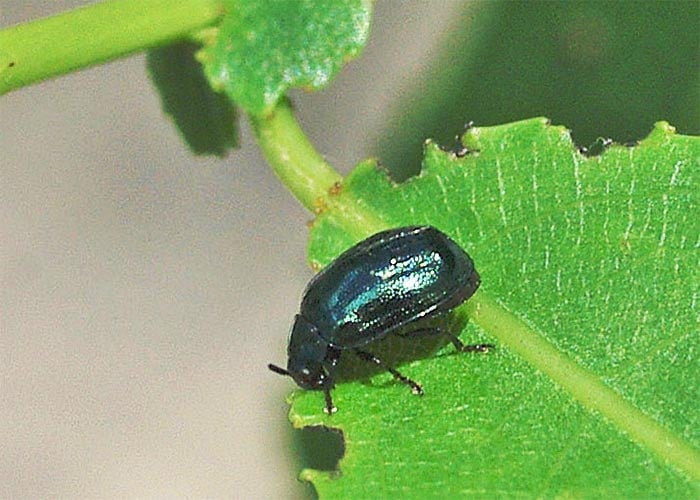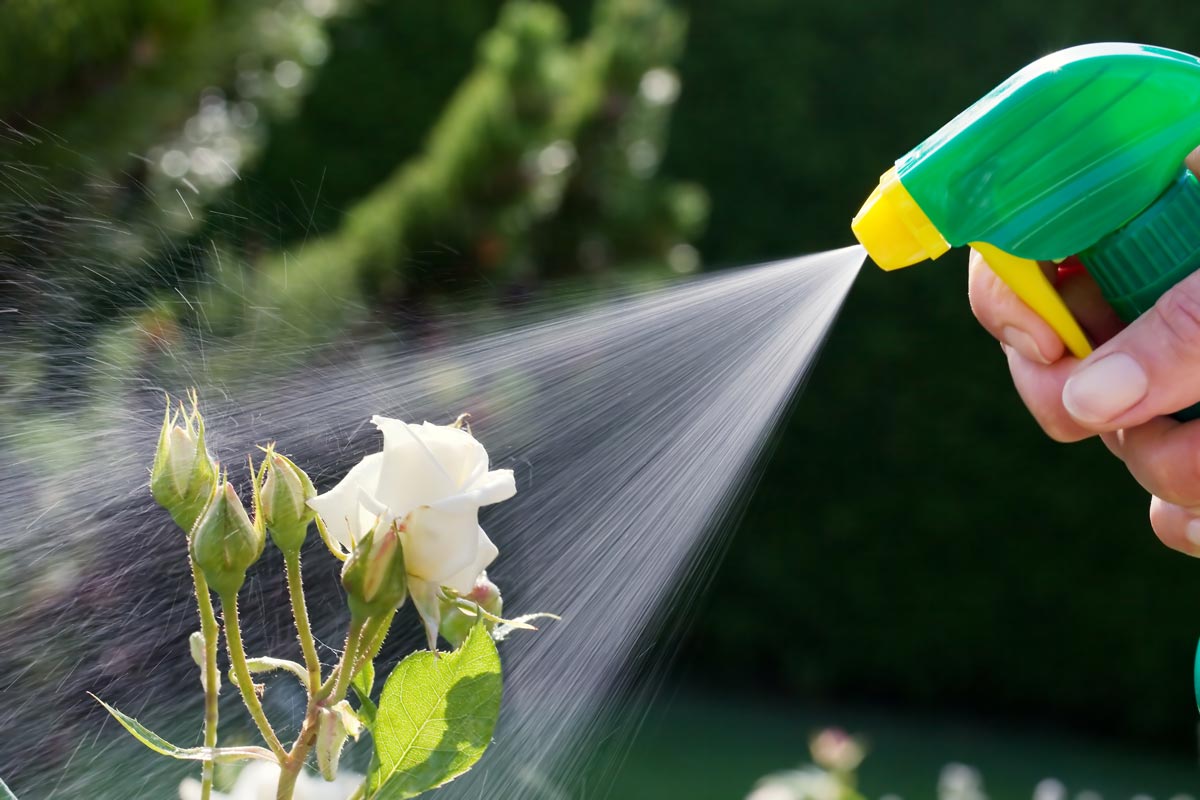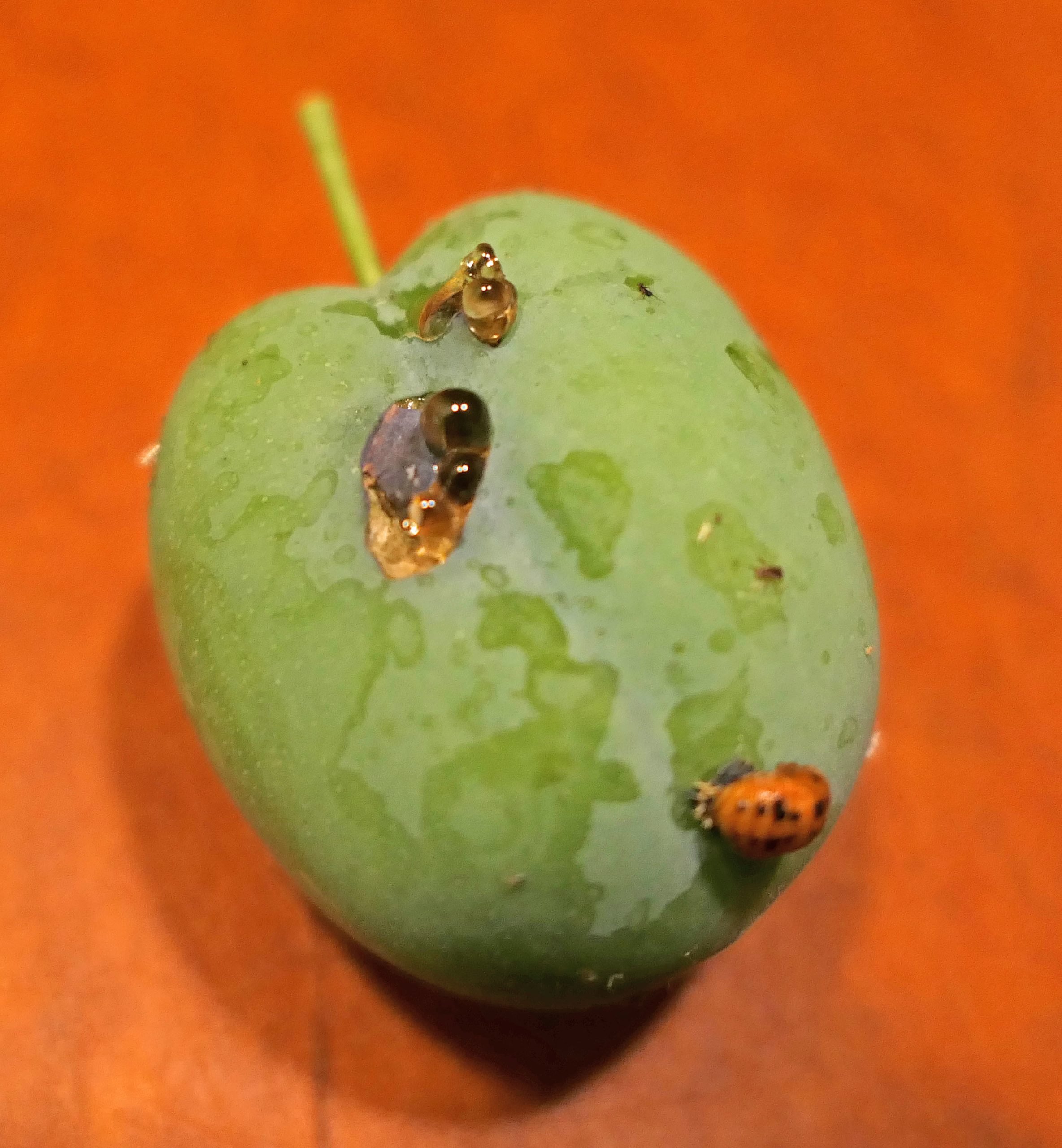Table of Contents
Ever wonder which tree is used by famous writers to depict love, romance, and compassion? Well, it is none other than the willow tree, which is often referred to as the tree of romance.
Originating in Central and South America, willows are a diverse variety of species, with many species worldwide. From growing willow in pots to growing them along the river bank, there are many ways to produce this diverse species. Today, there are more than 300 species of willow in the world, each with its unique characteristics.
Learn more about willow trees through this article and explore various aspects related to willows, including the most important one: Do willows attract bugs?
What are Willows?

Willows are one of the fast-growing trees found in various parts of the world. Their names are derived from the sallows or osiers. These trees can grow in all kinds of soil. Though the most desirable soil for their growth is moist, they can also survive well in areas with less water. They are huge and spread quickly.
These trees have different symbolic representations in various cultures and folktales. While some use willows to represent courage and hope, some of the theories use willows to highlight strength and power. They are used to make painkillers, toys, furniture, and a lot more. These trees have elongated leaves. The trees are very tall and also used as ornamental trees.
Do Willows Attract Bugs?

Yes, willows are indeed insect magnets, especially during the late summers. This is the time when you will see a lot of insects around the willow. Willow trees generally attract bugs and insects more than other trees. Mostly, you will see aphids around the willows.
Aphids are small insects with soft bodies that may cause damage to the plants they infest. Aphids reproduce very fast and can then cause harm to the parent plant significantly. Other bugs you will see around willows are Butterflies, caterpillars, spiders, insects, wasps, etc.
Bugs are attracted to the willows because of the nectar-rich flowers. Another reason why they might be attracted to willow trees is the honeydew deposit. This deposit is produced by aphids, which attract other insects to the willow trees.
Insects are also attracted to willows because of the large amount of organic content that they produce. This is a site for decomposers like flies, which get attracted to the trees. While some of them feed and lay eggs on willow leaves, others feed on the foliage.
Challenges Associated with Bugs

As we know, willows are insect magnets, so there are a few issues associated with them. Here are just a few of them:
- It can cause several diseases in willow plants: The willows are prone to many diseases like blight, root rot, rust, etc. Insect attacks cause them.
- Can harm the entire tree: In certain cases, the effects of these pest infestations are so disastrous that the whole tree is affected by them. This has even led to the tree’s death in a few cases.
- Wilting of leaves: The insects and bugs that lay eggs on the leaves or feed on the leaves can lead to wilting or rotting of the leaves. For example, aphids that feed on the leaves leave them distorted or cause them to senescence prematurely.
How to Manage Pest Infestations?

As we know, bugs and insects can harm willow trees in various ways and can even lead to their death. Therefore, it is important to take the necessary measures to minimize the side effects. A few steps that you can take to manage pest infestations are discussed below:
- Spray pesticides: Pesticides can control the growth of many types of insects like poplar tentmaker, willow cone gall, etc. This will prevent the severe damage caused by these insects.
- Clip the twigs: Clipping twigs not only promotes healthy growth but also prevents insects like cloak butterflies and terrarium scale from laying eggs on the twigs of the willows.
- Remove dead and decayed plant parts: To prevent the diseases from spreading to the healthy parts of the plant, you should frequently remove the dead and decayed parts of the tree. Dead parts are also a source of attraction for flies, so it’s better to remove them after some time.
- Pruning: Pruning is another method that reduces the growth of many insects. Therefore, it is important to prune regularly. Always use a sharp pair of scissors to prune the trees. Pruning with a blunt pair of scissors may promote the infection.
Always use these control measures in the prescribed amount. Extra dosages of pesticides are equally dangerous, as they can also kill the plant or cause severe damage to the willow tree. Therefore, it’s best to take expert advice.
Conclusion
Willows have various uses and are famous worldwide. From controlling erosion to being a common choice for poets to write beautiful poems, willows are seen everywhere. Though it has such benefits, it also has certain drawbacks.
One of them is being a center of attraction for bugs. They can pose various threats to the trees. But this is something to which you need to pay attention.
To manage the problem, you can take the necessary steps and then enjoy spending quality time under the shade of willow trees reading books or spending a wonderful day with your family.





